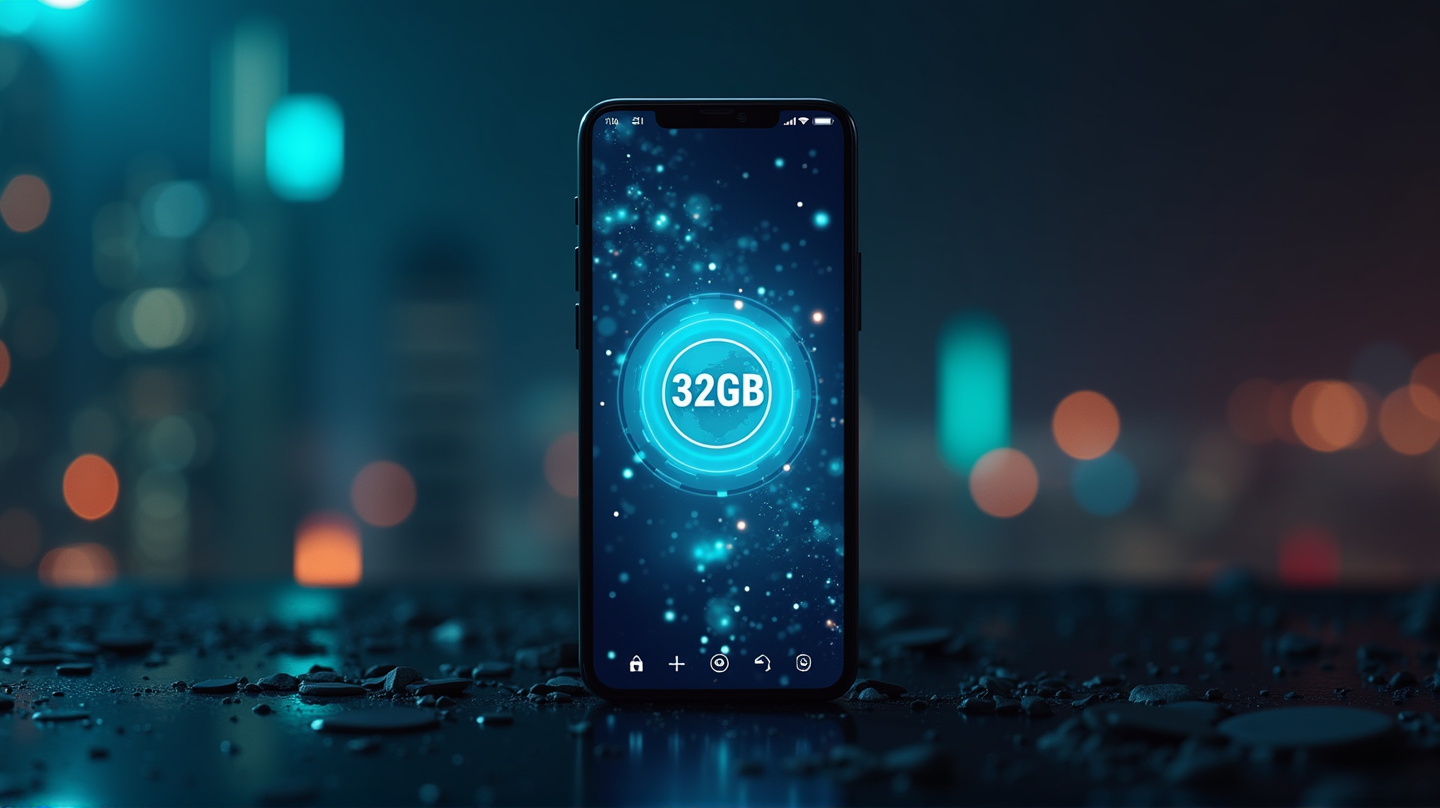The Rise of 32GB Minimum Requirement in Phones
In a bold move destined to reshape the landscape of mobile technology, Google’s Android 15 update marks the end of the era for 16GB phones and tablets. With new certification rules, Google now stipulates that devices must feature a minimum of 32GB of storage. This alteration is set to make a significant impact on cheaper Android devices, which traditionally relied on lower storage specifications to keep costs down.
The Shift from 16GB to 32GB: What It Means
The update is more than just a numeric increase. According to PCMag UK, it’s a push towards ensuring that users have a smoother experience with the capability to download and store more data without the constant alert of ‘insufficient space.’ The previous 16GB limit often fell short as a significant portion of storage was consumed by the operating system itself, leaving minimal space for apps and user data.
Impact on Manufacturers and Consumers
Manufacturers previously offering 16GB devices may need to reassess their strategies, as devices lacking Google’s Mobile Services (GMS) won’t appeal to many buyers. This means a shift for manufacturers towards more generous storage offerings or alternative operating systems without GMS, similar to Amazon’s Fire line.
The Bigger Picture: Industry-Wide Evolution
This isn’t the first time Google has implemented such a shift. In 2022, with the release of Android 13, Google doubled the minimum storage requirement from 8GB to 16GB. This continuous evolution is a testament to the demand for higher-capacity devices capable of handling more complex apps and operating systems.
The Future of Mobile Devices
As most US manufacturers already offer devices with 128GB of storage, this update aligns well with current industry trends in more developed markets. In contrast, the less powerful 16GB devices are expected to gradually disappear, leading to a market where even entry-level devices provide a more robust user experience.
In summary, the Android 15 update sets a new benchmark for mobile technology, promoting better performance and user satisfaction, while potentially driving innovation in affordable smartphone designs. This transition not only marks an end but heralds a promising new chapter in the evolution of mobile devices.
